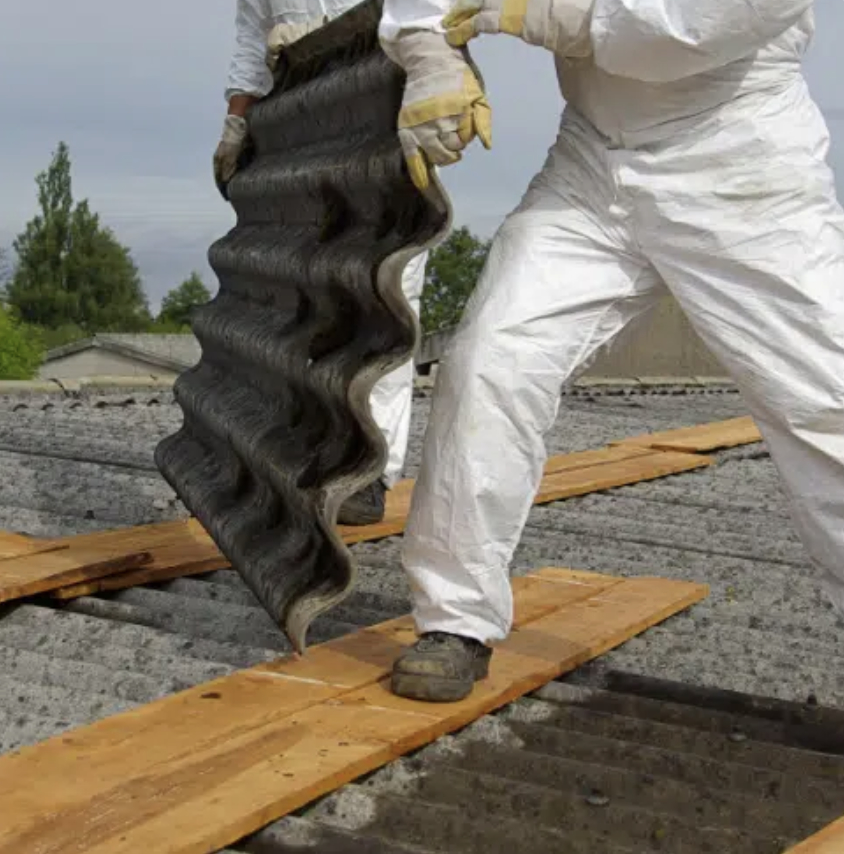
Before 1986, asbestos was widely used in the construction of residential homes. Common products made with asbestos included asphalt or cement roofing shingles, vinyl floor tiles, wall and ceiling insulation, and drywall. If a product is disturbed commercially (drilling or sanding) or naturally (earthquake or severe storm), it can release dangerous asbestos fibers.
Handling, damaging or disturbing asbestos can release these fibers into the air, where they can be inhaled. The human body is unable to absorb or dissolve these fibers, so they lodge deeply into the lungs, causing scar tissue and cancer cells to develop over a period of 10 to 40 or more years.
Exposure to asbestos is the only known cause of an aggressive and deadly cancer known as mesothelioma. Mesothelioma impacts the thin tissues surrounding the lungs or abdomen. Other conditions associated with asbestos exposure include lung cancer and asbestosis, a painful inflammatory condition that causes scarring of the lungs.
Although most uses of asbestos were banned in 1978, asbestos can occur in houses built during the 1980s, 1990s and later. Instances of asbestos contamination have been found in common compounds used in construction and home repair as late as 2007. Asbestos is also still legally used in products that enclose the asbestos, such as vinyl floor tiles, cement pipe and asphalt roofing. If you encounter any product you believe is asbestos, do not touch it or disturb the surrounding structures, as this could release it into the air. The substance should be examined only by a testing professional.
Do you suspect your home contains asbestos? Click here for a comprehensive guide from Lanier Law Firm.